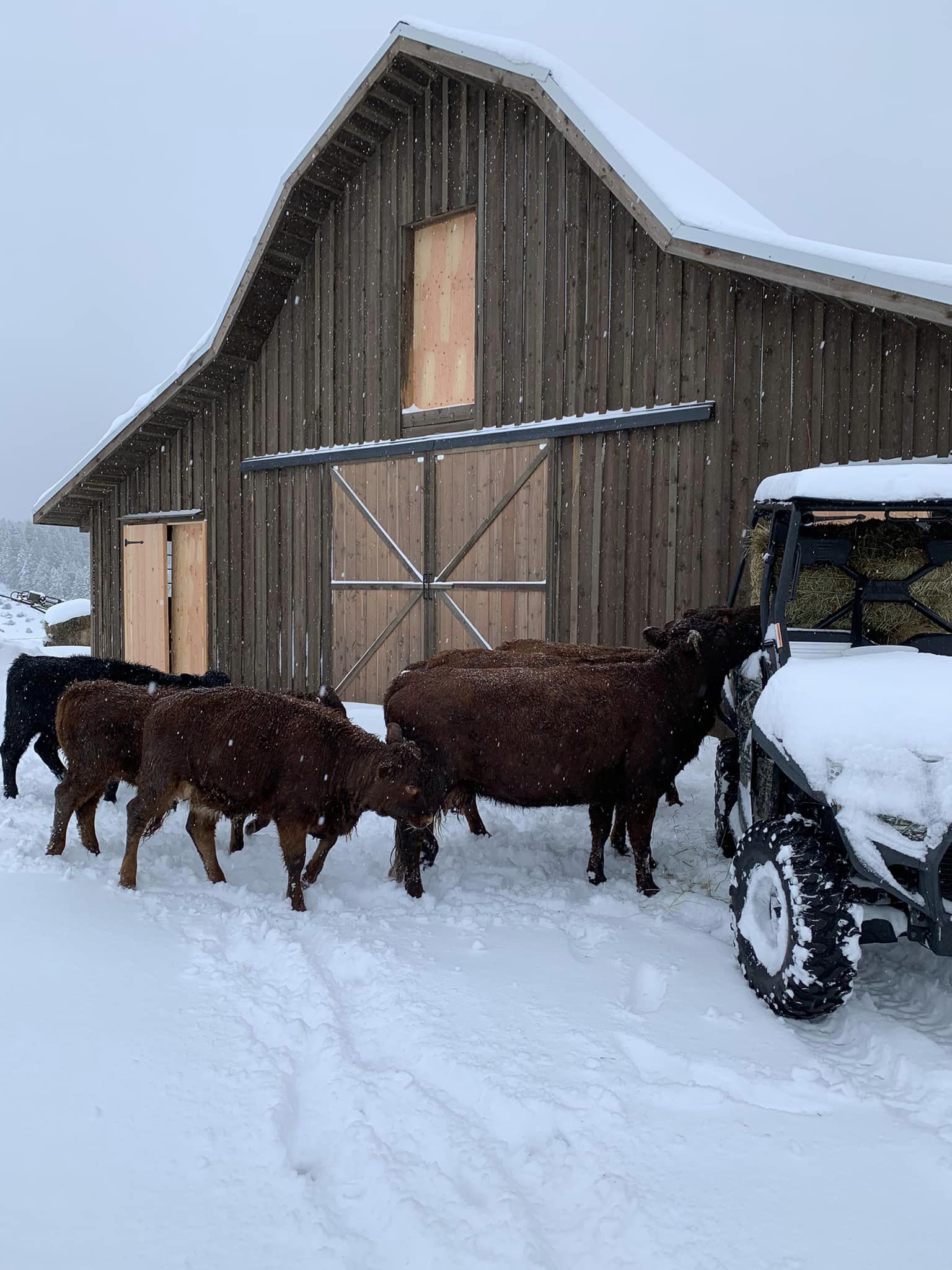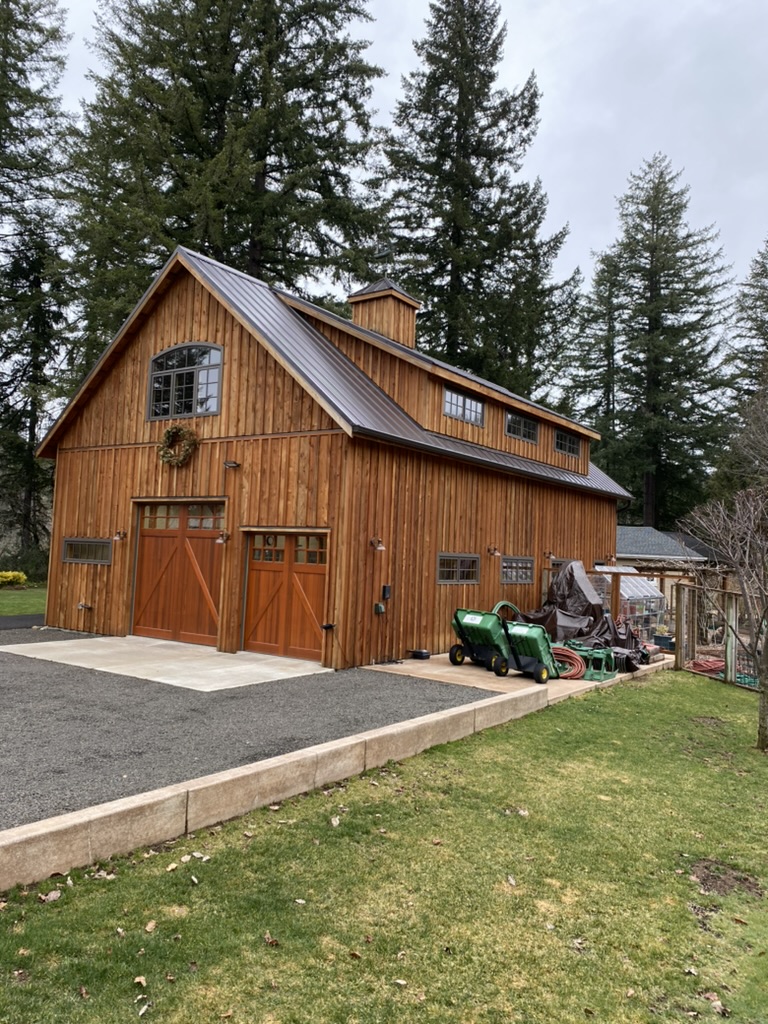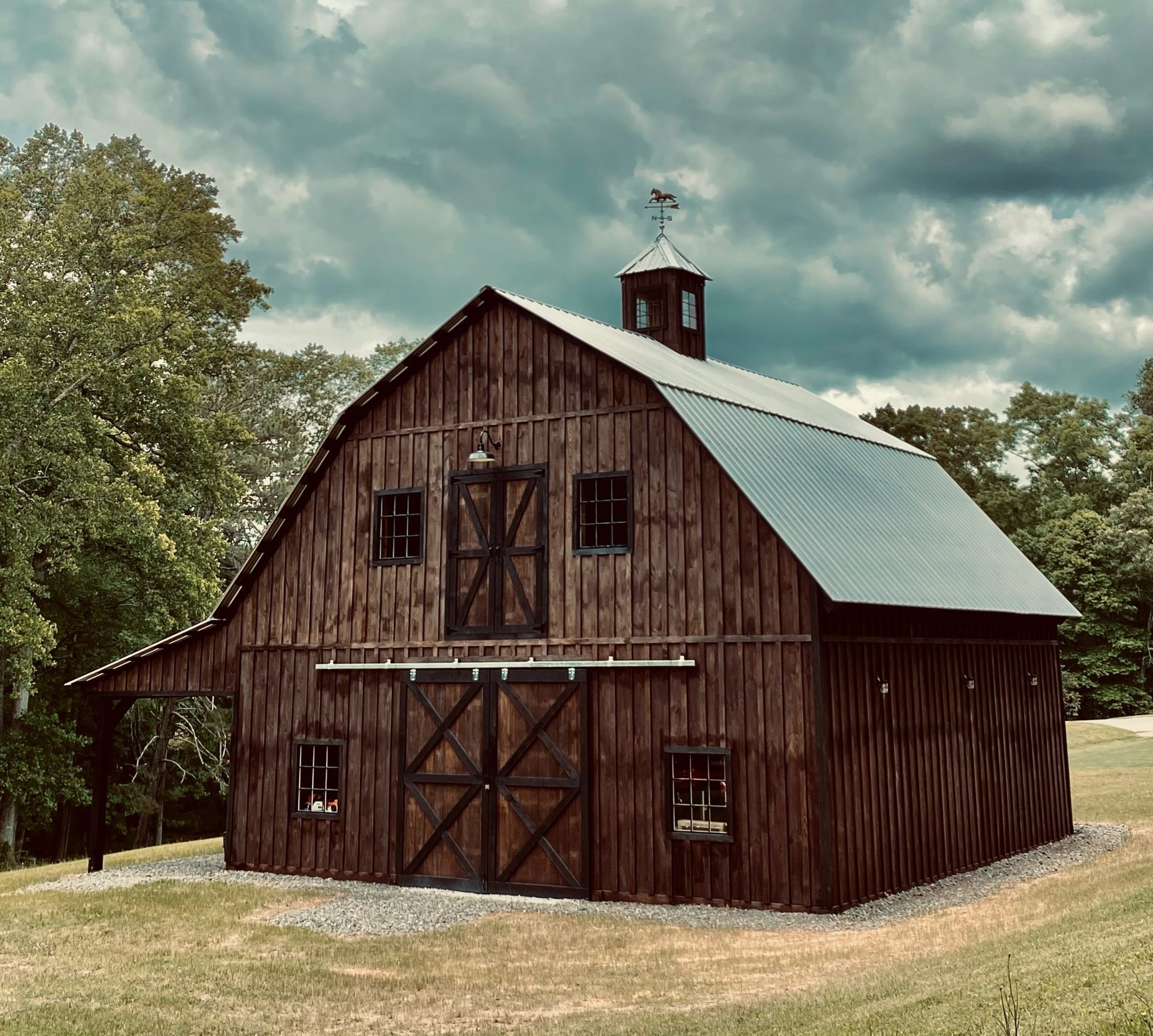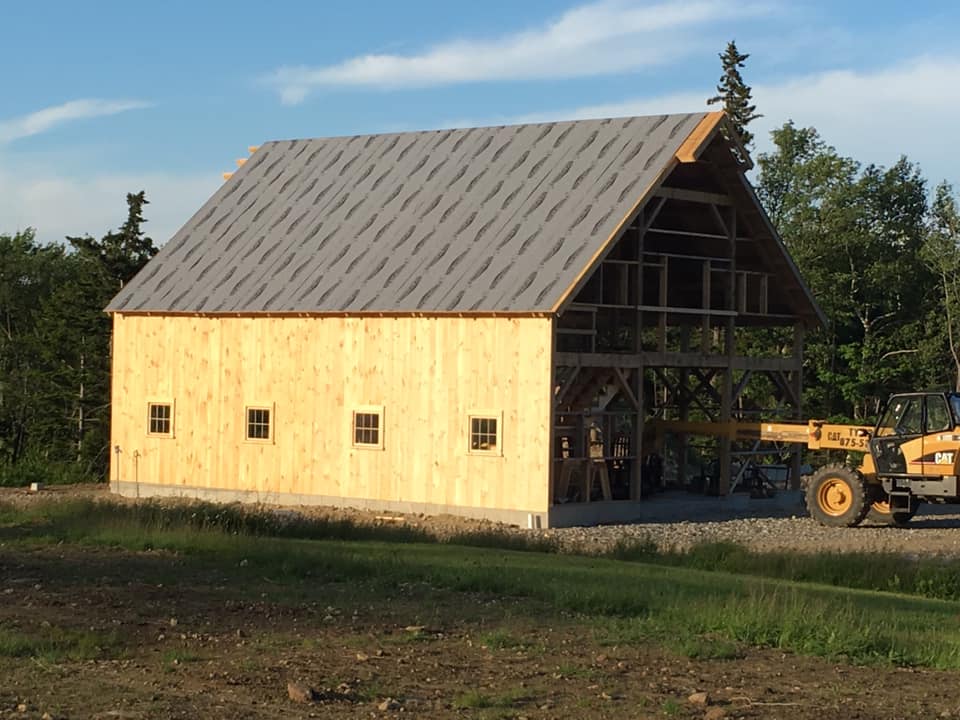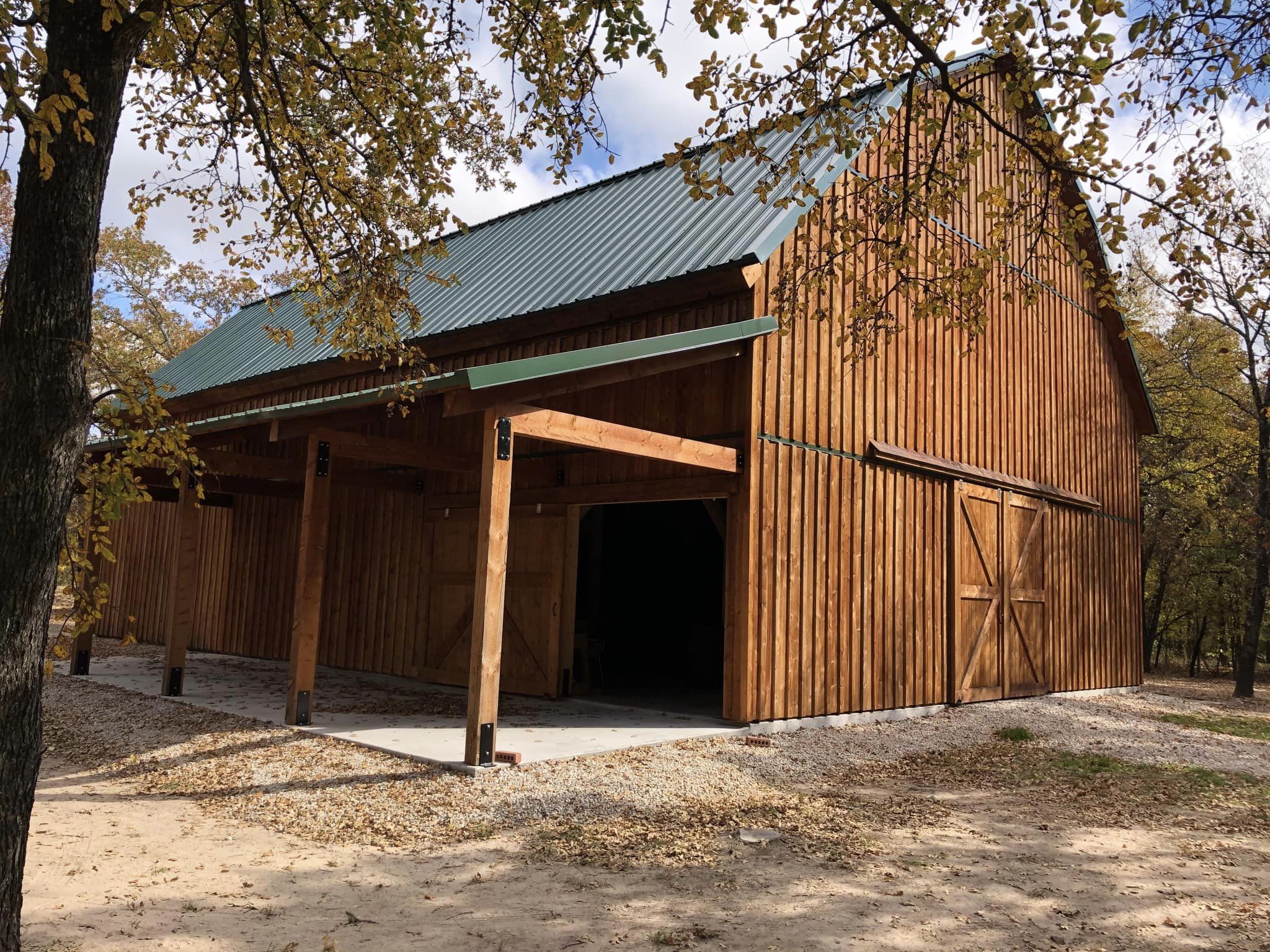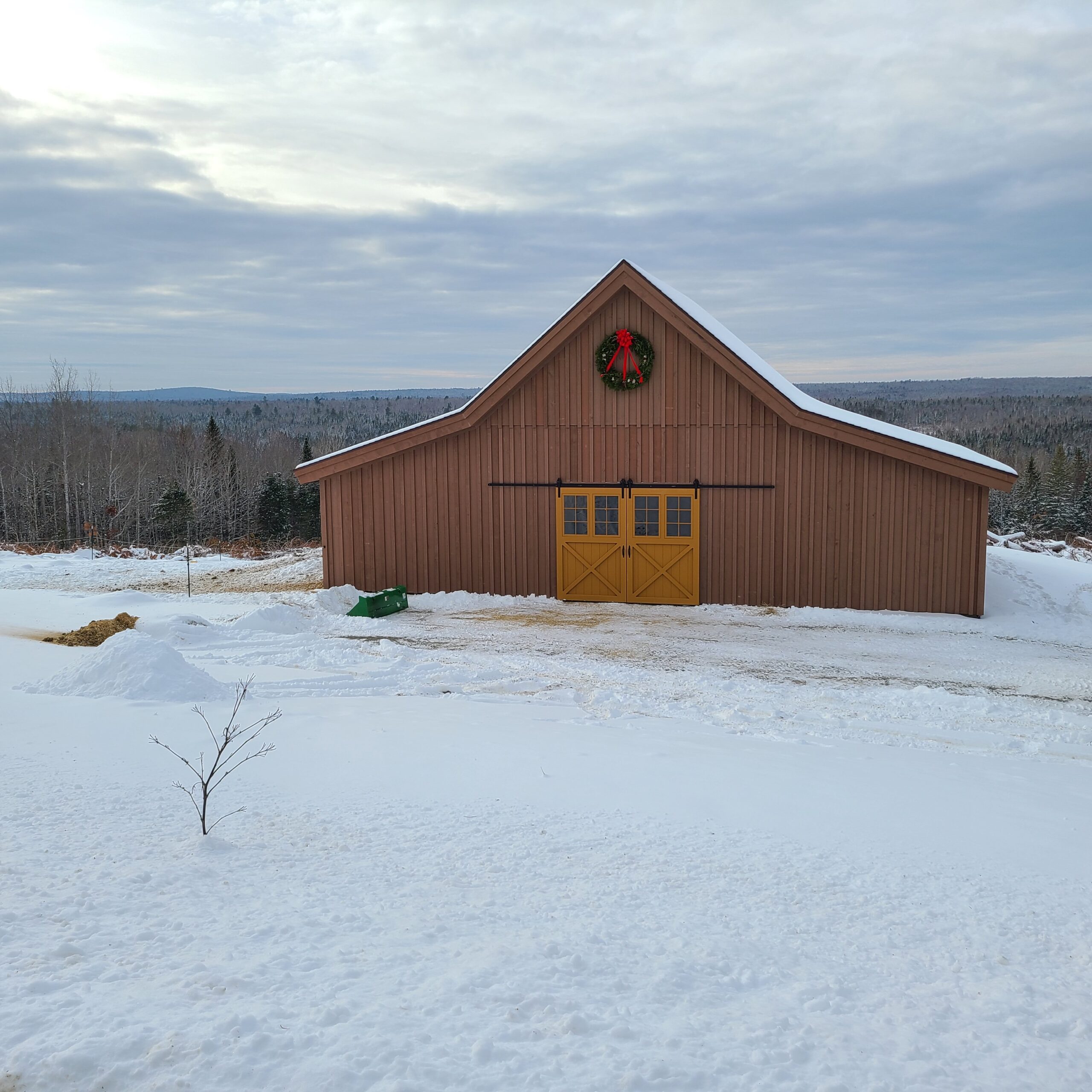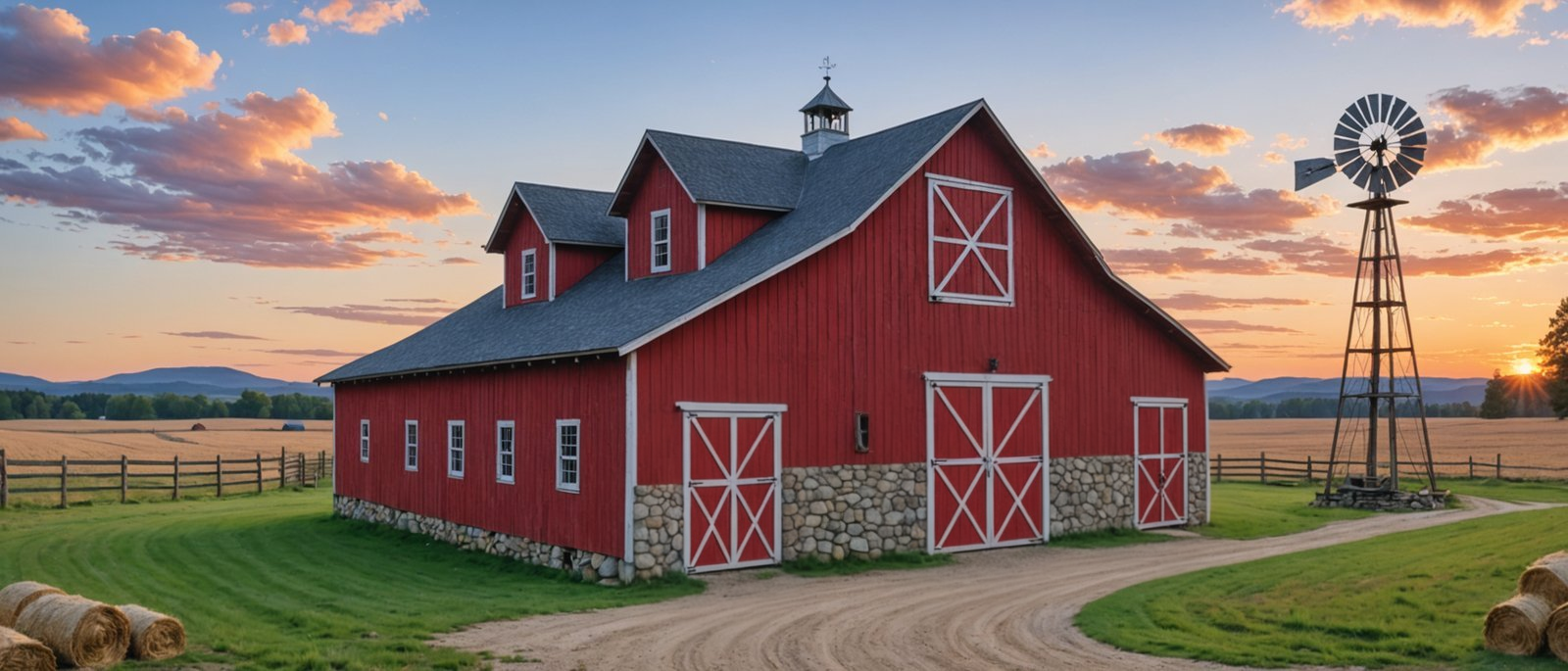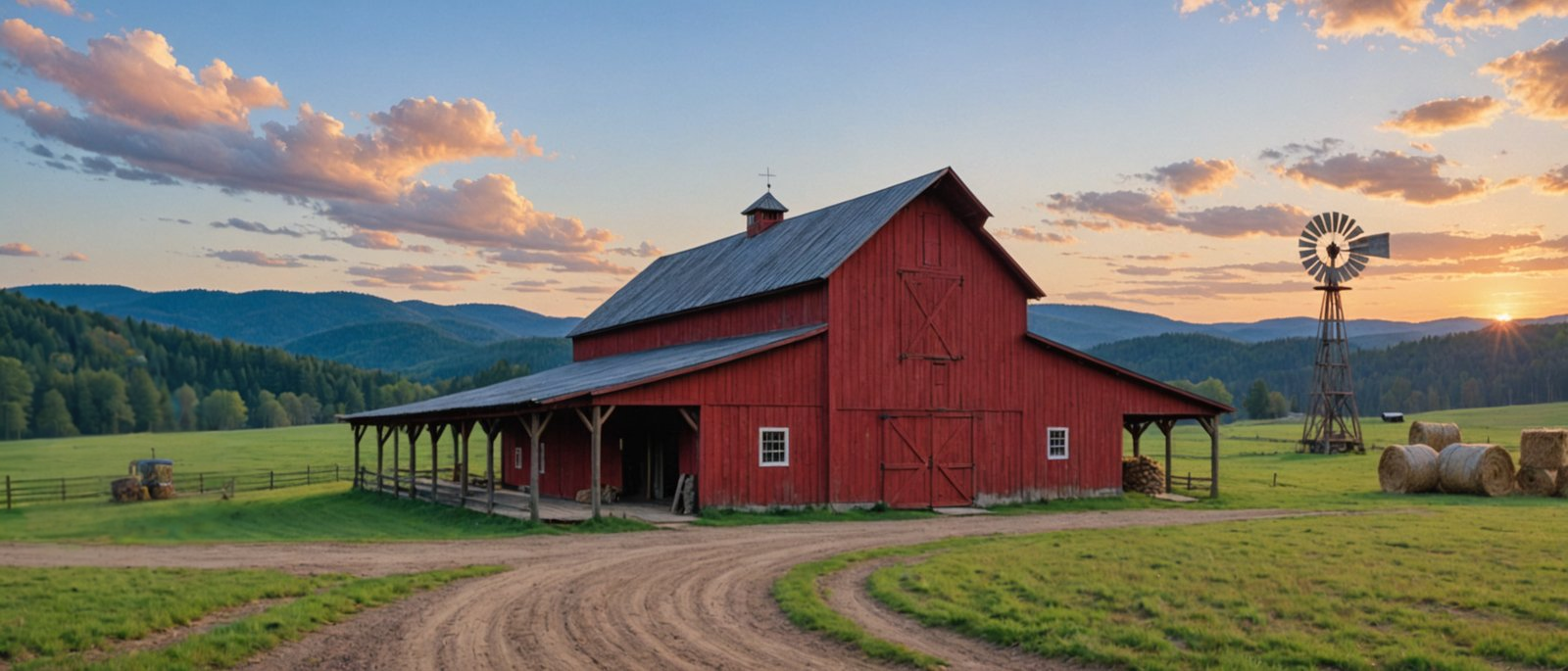How to Build Anything you want Legally with Rough Cut lumber
Have you ever been told, “you can’t use rough cut lumber you cut yourself, in your house, or barn, it’s Illegal!”
The rumor that rough cut lumber use is “illegal” is rooted in the IBC grade stamp rule. While it does make using rough cut lumber a little more difficult, it’s certainly NOT impossible and it is still well worth the time and effort to do it.
First let’s talk about the IBC, what it is and what it does. Many people for some reason believe it is chiseled in stone as law, but it is not.
The IBC isn’t a law in itself, it is more of a template for State and Local building authorities to adopt, either in part or in whole. Many states and local building departments do adopt most of the IBC, but they also often change it to meet certain specific needs of that state or local building department.
Here are several ways you CAN use lumber you cut yourself, or the wild so called ‘green lumber’ from local sawmills, or that you cut yourself.
Non Structural Use
This might be the most obvious, and many of you already know this. If it isn’t for structural use, you can do anything your heart desires, nobody cares. No stamp, no grading, no nothing, just use it. Which is the way it should be. Use it for flooring , trim, furniture, wall coverings, etc. There is no legal limit on those use cases, so knock yourself out.
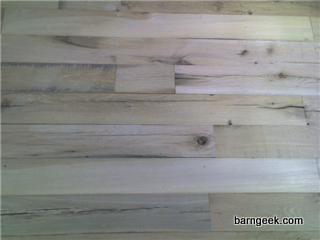
Structural Use
These wooden structures are exempt from a building permit requirements under the International Building code (IBC), and therefore exempt from the grade stamp rule. Always check your state and local building codes.
1. Sheds under 120 square feet
2. Fences under 7’ tall
3. Temporary Motion picture structures
4. Swings and playground equipment, built for single and double family homes.
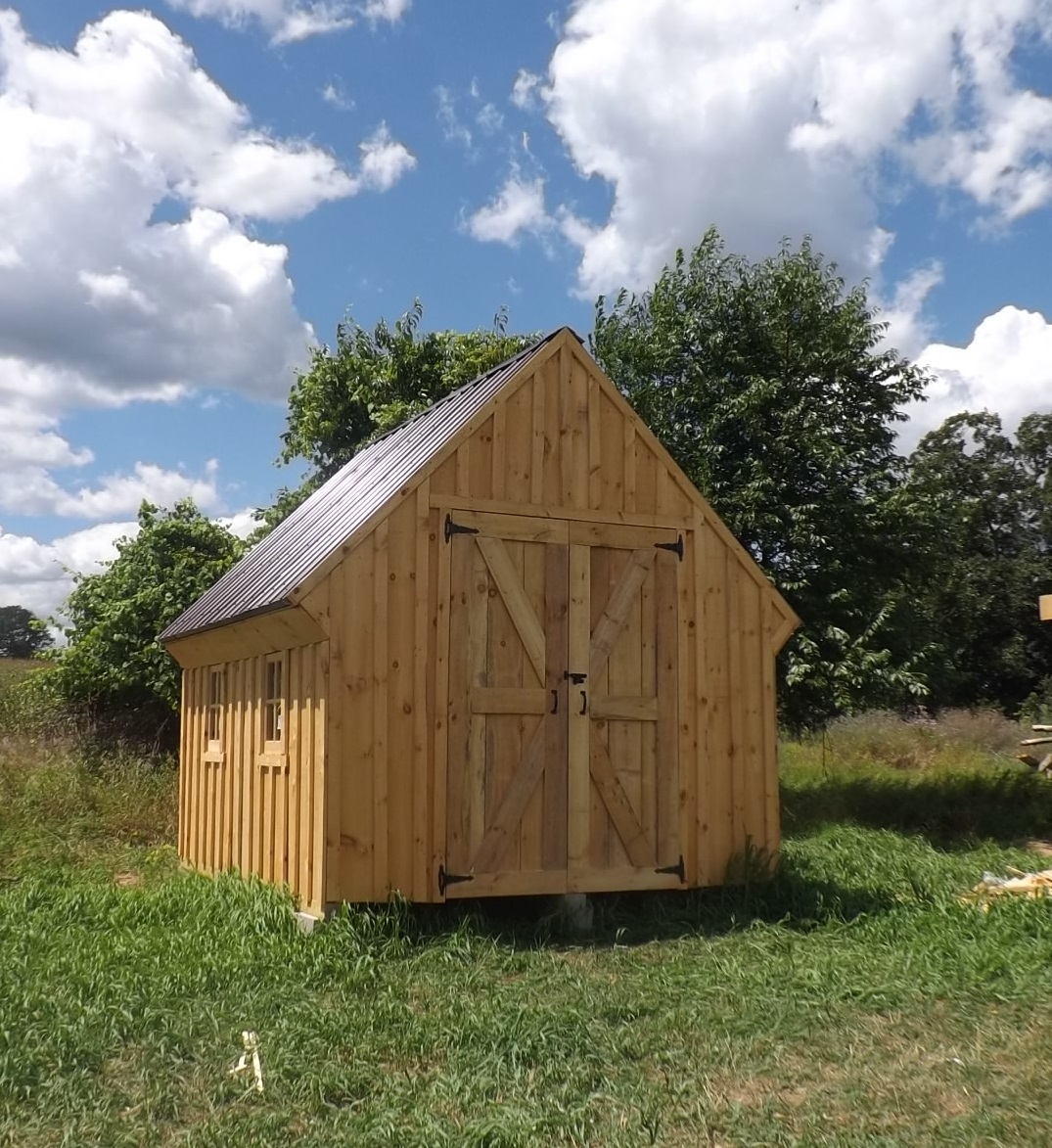
Other structures such as Barns and other Farm buildings.
If it’s for an Agricultural use Barn, ie not for human habitat, in many places in the US you don’t need a permit, and in many cases, stamped lumber is not required for an Ag use barn. Check with your local building department, or state code for more information

Native Lumber Exemptions, and Local Use Grade Stamps
There are many states that have adopted some sort of Native lumber exemption, that is specifically designed to allow use of locally produced lumber.
Also many states have what is called a Local use stamp. This is a lumber grading stamp that local sawyers can use to certify the lumber for use within that state. Check with your state to see if this applies to you. Here is a list of States that do have either Native use or Local Stamp laws.
Wisconsin https://dnr.wisconsin.gov/sites/default/files/topic/ForestBusinesses/LmbrGrdngHndbk.pdf
Tennessee https://law.justia.com/codes/tennessee/2016/title-43/chapter-28/part-3/section-43-28-313/
New Hampshire https://extension.unh.edu/resources/files/Resource003216_Rep4656.pdf
Rhode Island https://www.sos.ri.gov/assets/downloads/documents/SBC-1-RI-state-building-code.pdf
Washington
-
Native Lumber Program: Washington State has a Native Lumber Grading Program, administered by the Department of Labor & Industries (L&I) and Washington State University (WSU). This program allows sawmill operators to inspect, grade, certify, and stamp “native lumber” that meets or exceeds standards equivalent to those in PS 20-10. Native lumber, once certified, is deemed equivalent to conventionally graded lumber and satisfies SBC grading and stamping requirements.
https://lawfilesext.leg.wa.gov/biennium/2015-16/Htm/Bill%20Reports/House/1153%20HBA%20LG%2015.htm
-
Waiver Option: A building code enforcement official who has completed the Native Lumber Grading Program may waive the grading and stamping requirements for specific projects. To do so, the applicant must submit a waiver application with the building permit, and a qualified official must inspect the lumber to confirm it meets L&I and WSU standards and has quality and safe working stresses equal to or better than those required by PS 20-10 (e.g., No. 2 grade for structural lumber or stud grade for load-bearing walls).
- https://lawfilesext.leg.wa.gov/biennium/2015-16/Htm/Bill%20Reports/House/1153%20HBA%20LG%2015.htm
This list is not exhaustive, these are just the examples I found, their may be more. If you know of this type of program in your state please mention it in the comments section below.
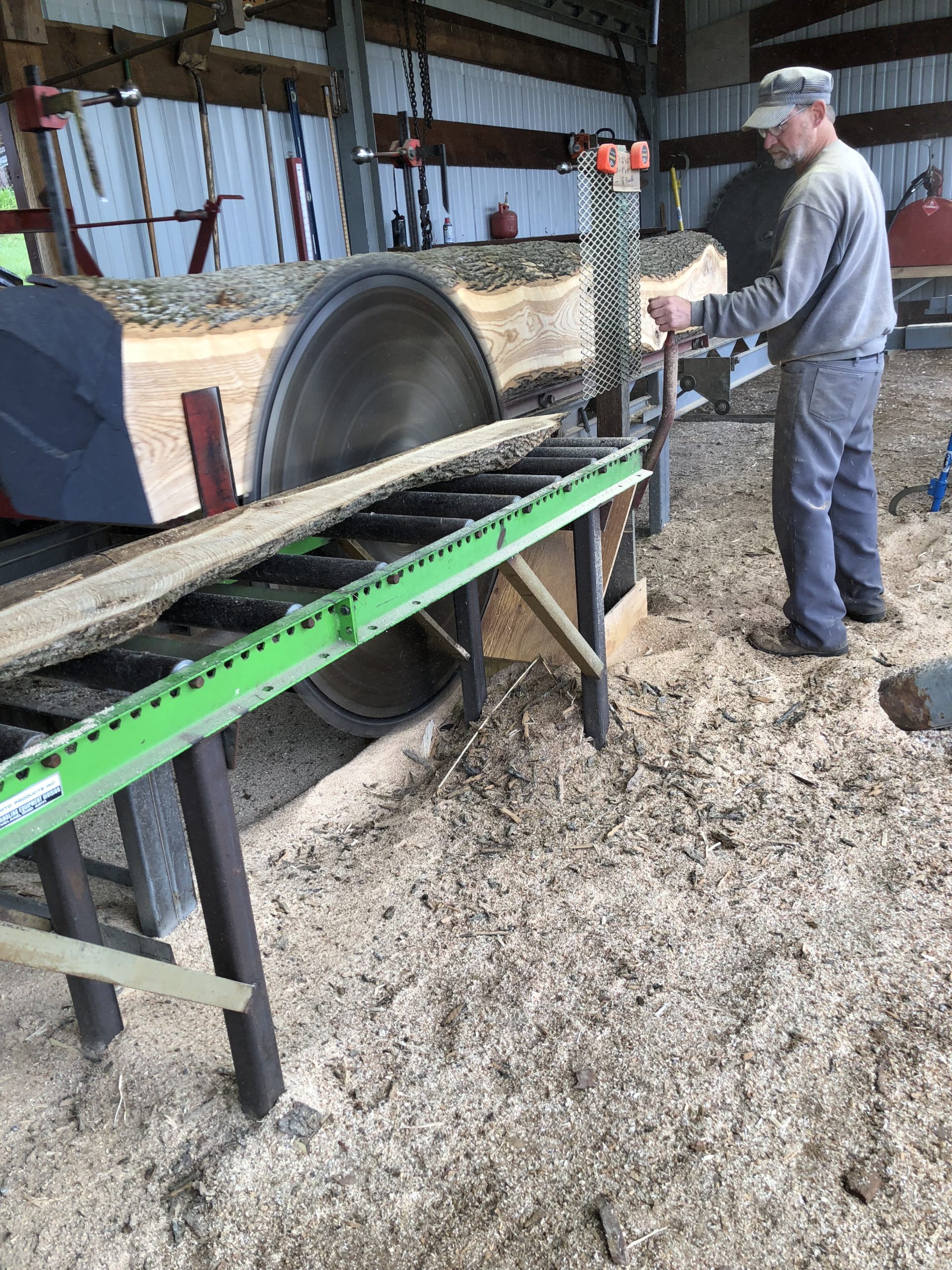
On Authority of The Building Inspector
The building inspector has the authority to approve the use of rough cut lumber in any structure.
IBC A104.10 https://codes.iccsafe.org/content/IBC2015/chapter-1-scope-and-administration
This is probably the most useful and practical way to build that home or barn you want to build without having to go through the expense of obtaining a grade stamp or certification.
In a vast majority of cases, your building inspector want’s to work with you. Unless they are on some sort of power trip, they want to do what is best for the community. So if you come to them, having done your research, and if you have a solid plan, in the vast majority of cases, they will approve the use of local rough cut lumber.
Building inspectors understand first hand the major problems in quality with the lumber available at modern retail lumber yards. They have seen the twisted, warped, low quality construction lumber everyday while they are doing their inspections.
Offer to show them examples of the lumber you would like to use. Ask them if they would be willing to inspect your lumber before you build with it. You can arrange a visit with the local sawmill before you purchase the lumber, or you can saw a few logs yourself and ask them to come look them over. You should be prepared to pay extra for this inspection.
The more transparent and up front you are with your intentions, the less likely it will be that you have trouble with your building inspector. In most cases, they don’t want to have problems, anymore than you do.
One part of your preparation, might be to become educated on how to grade your own lumber.
There is a fantastic free online resource that shows you just how to do that. And it is published by one of the few associations in the US that is authorized to grant the official grading stamp required by the IBC.
It is called the NELMA Grader Acadamey. They have an online lumber grading course, and even lumber grading games that you can play, to practice your newly acquired grading skills. This would be a great program to go through regardless. You will be able to choose the best lumber for your project no matter where you got your lumber, and whether it has been graded or not.
Having your Lumber Inspected and Graded
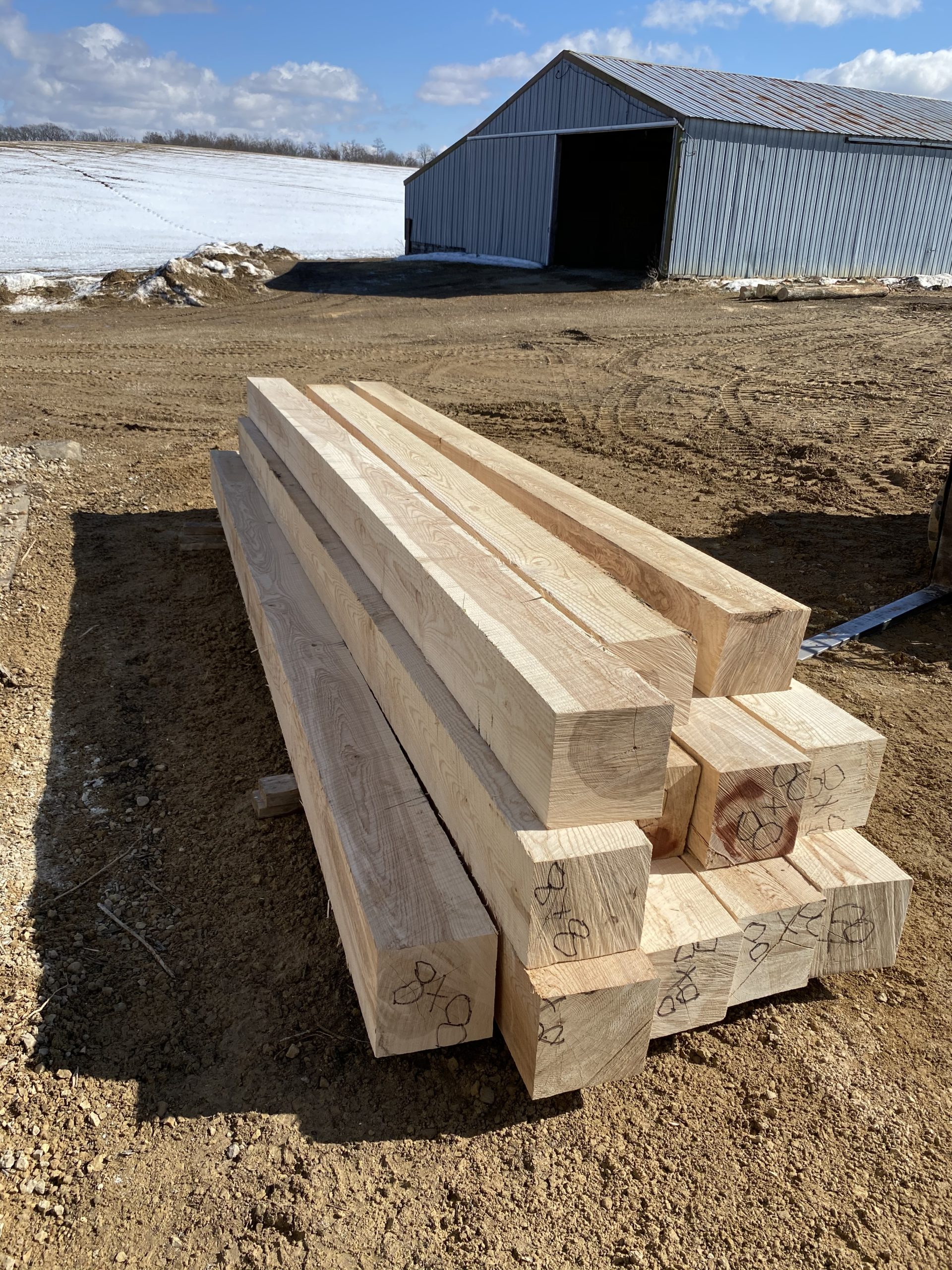
Have your Lumber Inspected and Graded by a certified grader, employed by one of the authorized grading Associations.
There are a handful of authorized graders located in North America. One would think that as a sawmill owner you could go take a few classes and be ready to grade your own lumber and certify it. It’s not that simple, these authorized agencies want you to become a member, and pay monthly dues from $275 to $300 per month or more, not to mention the cost to have someone from the agency come out to train your employee or yourself to grade your lumber.
In my opinion, this gives these big mills that can afford this cost an unfair advantage, and is part of the reason lumber prices for stamped lumber are so high.
We should not have regulations written into our building codes that favor some businesses over others, or make it impossible to sell a certain product unless you are a member or pay dues to some trade association, that is made up of the very companies that have an interest in keeping small sawmills, from competing with them.
If you absolutely have to get your lumber graded, if you have been left with no choice.
Then you can hire one of these grading associations to come out and grade your lumber for you. The NELMA will do it for $300 plus travel expenses. The other associations will do something similar. Check in your local area for the one that is close to you.
So there you have it, the next time someone tells you you can’t legally build with rough cut lumber, tell them you know better. This rumor does nothing but line the pockets of the big lumber mills that are making insane profits right now. Don’t get me wrong, I have nothing against companies making profits, but when they do it because they have used the power of government regulation to squash their competition, that is where they have crossed the line.
In the next article, I will address how we might end this Big Lumber oligarchy, and how you can help make the lumber market competitive again.
Building inspectors on using Rough cut Lumber
https://www.thebuildingcodeforum.com/forum/threads/use-of-ungraded-rough-sawn-lumber.25077/page-3
IBC International building code
https://codes.iccsafe.org/content/IBC2015/chapter-1-scope-and-administration
Smart Thumper App
https://www.smartthumper.fwrc.msstate.edu/#
Click the Download Button Below to Get these Plans!
The Homesteader
- These Plans that are well suited for the small homesteader with a small amount of livestock.
- Limited to our Barn Plans under 1,000 square feet.
- Chicken Coop Plans Library
- Timer Frame Shed Plans Library
- How to Build a Barn Course
- Chicken Coop Course
- 10% Discount on Hardware and Screws
Most Popular: The D-I-Yer
- Our Complete Library of Barn Plans
- Chicken Coop Plans Library
- Timer Frame Shed Plans Library
- How to Build a Barn Course
- Chicken Coop Course
- 10% Discount on Hardware and Screws
Pro
If you are ready to build ASAP- Unlimited Phone consultation with Aaron The Barngeek
- Our Complete Library of Barn Plans
- Member-only project walkthroughs
- Priority access to custom design services
- Insider techniques to make your build faster, safer, and stronger
- Chicken Coop Plans Library
- Timer Frame Shed Plans Library
- How to Build a Barn Course
- Chicken Coop Course
- 10% Discount on Hardware and Screws





